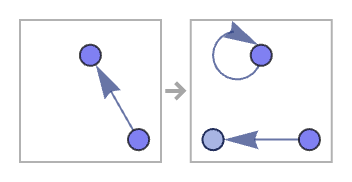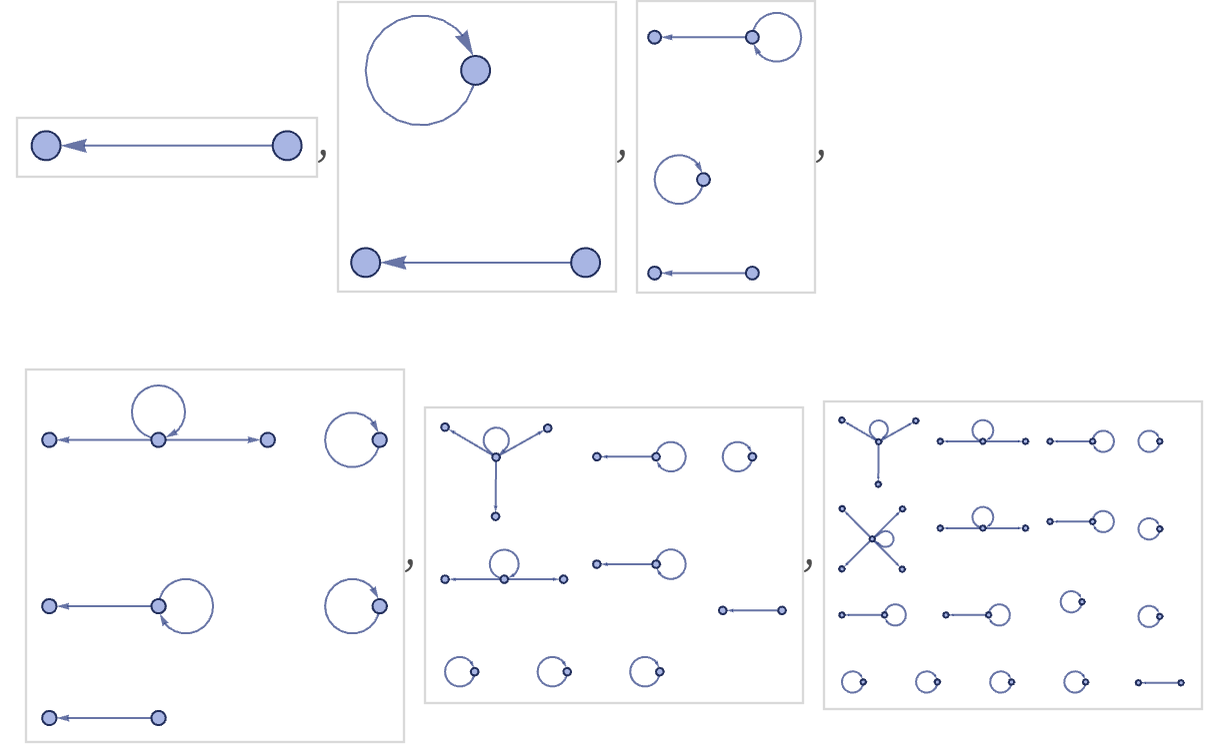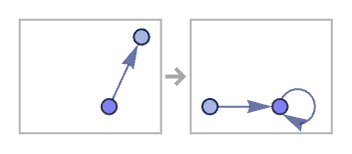All the rules we have seen so far maintain connectedness. It is, however, straightforward to set up rules that do not. An obvious example is:


At step n, there are 2n+1 components altogether, with the largest component having n + 1 relations.
Rules that are themselves connected can produce disconnected results:


Rules whose left-hand sides are connected in a sense operate locally on hypergraphs. But rules with disconnected left-hand sides (such as {{x},{y}}→{{x,y}}) can operate non-locally and in effect knit together elements from anywhere—though such a process is almost inevitably rife with ambiguity.
 download pdf
download pdf  ARXIV
ARXIV peer review
peer review